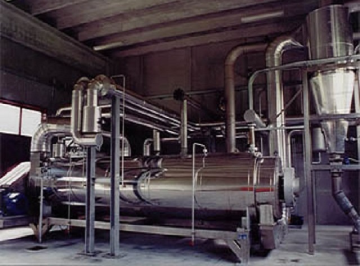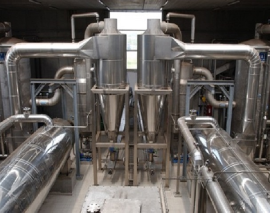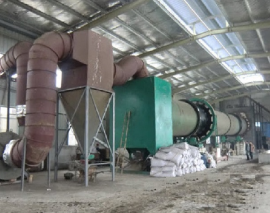Sludge Dryer


Sludge Drying Systems or Sludge Dryers is the need of many organizations producing these wastes being in line with the norms of the regulatory bodies. According to local standards, disposal companies charge in kilograms and pounds. But since water makes up around 80% of this sludge, you are essentially paying to pick up water that could be dried to reduce the expense of sludge hauling and disposal. Dried sludge is simple to handle, store, and dispose of further. In certain situations, the dried product obtained by drying sludge might be utilized as biofuel or fertilizer.
Kerone has designed and manufactured sludge drying systems that are compatible with sludge producers of varying capacities. Drying systems can be placed in isolated areas of the plant or fitted beneath the filter press for direct loading. Nearly all of the water in the sludge, including the surface, capillary, and cell water, evaporates during the thermal drying process. Heat supply from mutual power and heat generation systems is required, if at all practicable. Recirculated from the exhaust is a large amount of the drying heat.
While our spiral blade technology breaks up and circulates the sludge, our heated unit lining dries it.
The dryer liner uses gas fires, electric strips, or steam as indirect heat sources. The moisture is drawn out of the top of the internal dryer by our preheated airflow system and out of our wet scrubber system. The dried material is easily removed by opening our discharge panel underneath our units for gravity discharge into a container after usually 4-6 hours of drying time (depending upon the nature and wetness of the sludge).
Features and advantages offered by sludge dryers
- Low-cost steam, hot water, gas fire or electric for indirect or hybrid heat source used.
- Internal parts are all made of stainless steel
- Simple and digital control panel for easy operation and maintenance
- Over-temperature protection
- Sludge weight will reduce by approximately 60%.
- The volume of sludge will reduce by 4-5 times.
- Due to weight and volume reduction, the transportation cost of sludge will reduce significantly. Also, environmental problems associated with sludge will reduce substantially
- Reduction in moisture content, the calorific value of sludge increases. This will result in efficient incineration without any additional fuel.
- High drying temperature will sterilize and deodorize the sludge.
Related images




